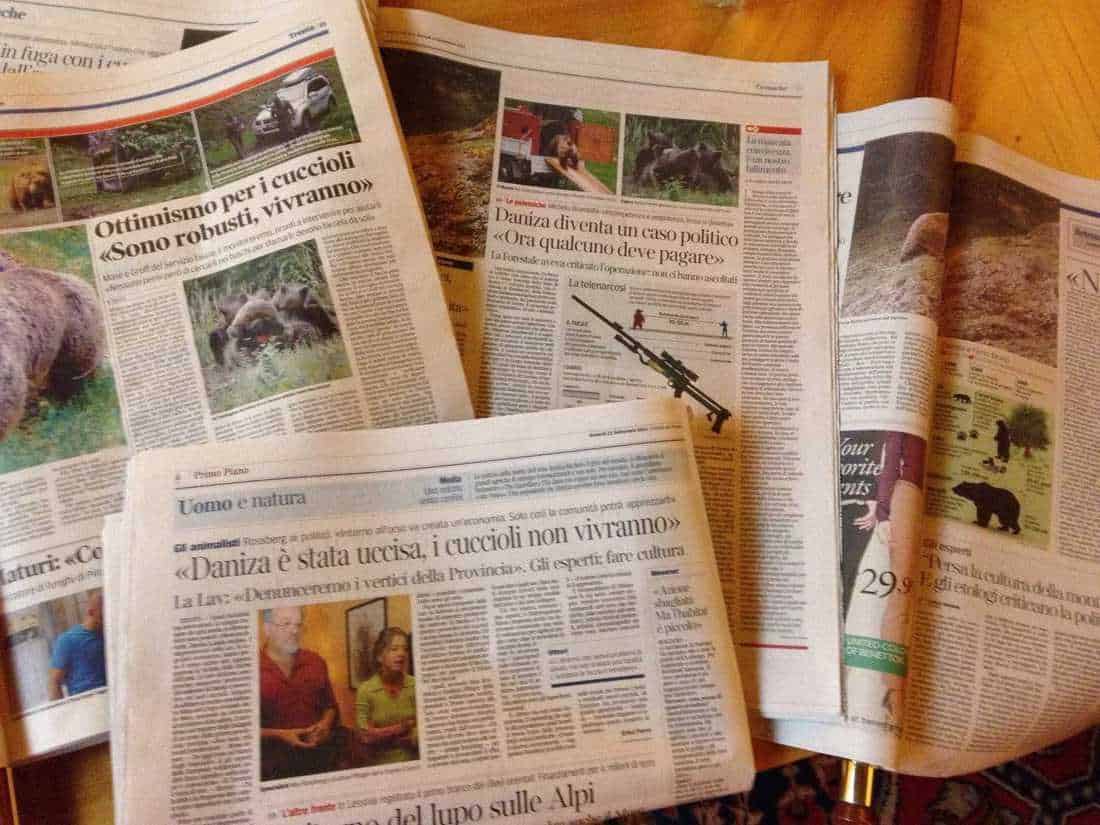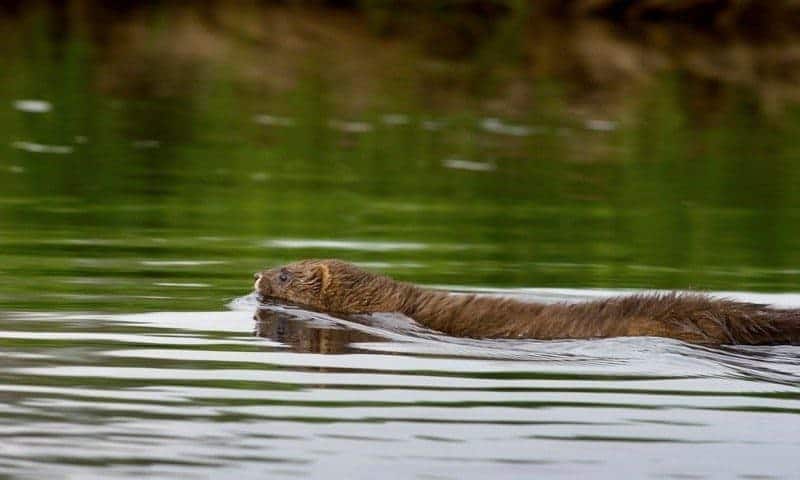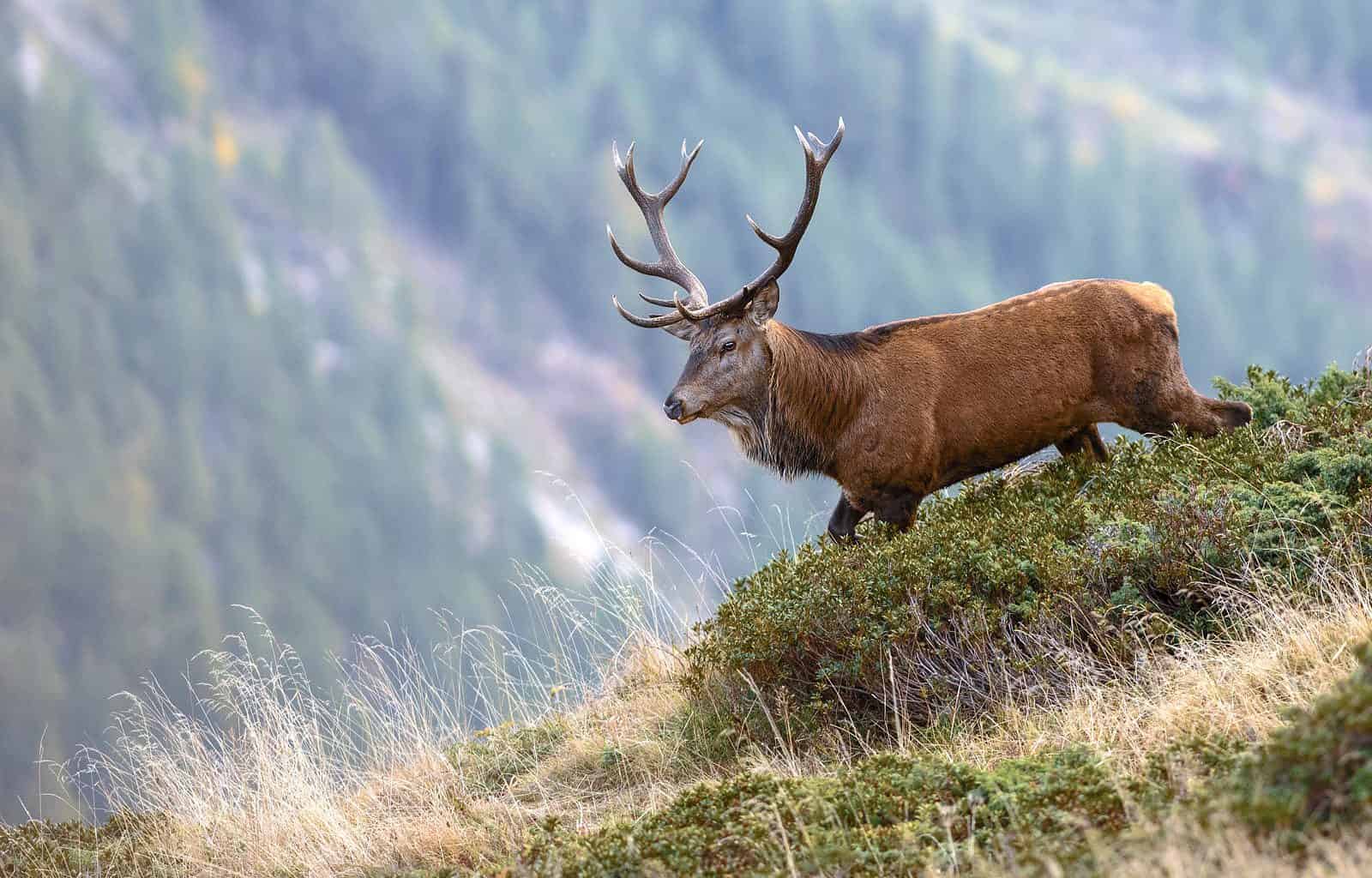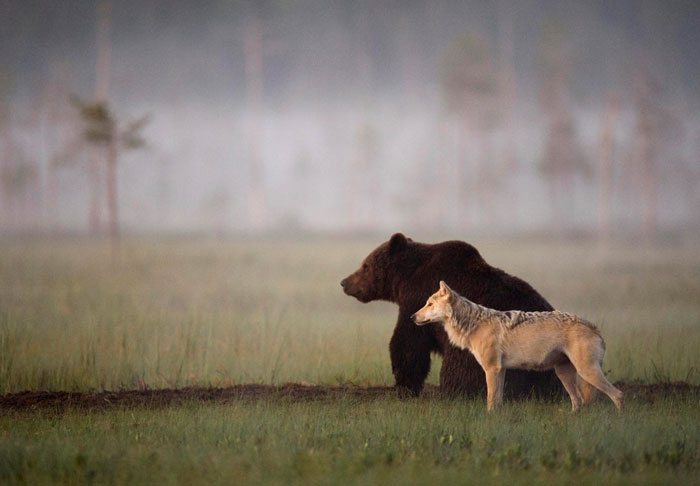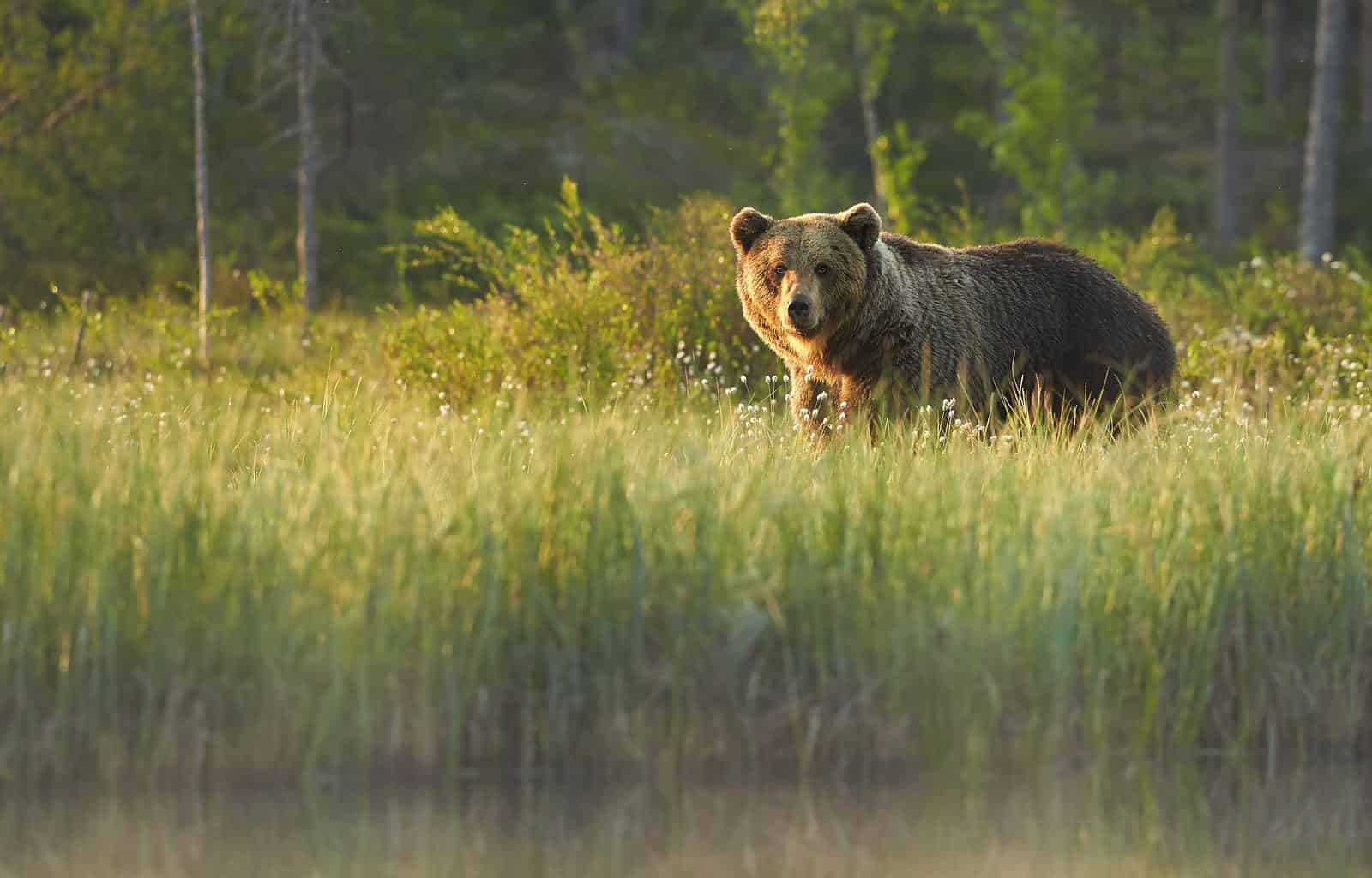EU Court of Justice: protect wolves outside their natural habitat
What happens when a strictly protected animal leaves its natural habitat and strays into human settlement? It is a question that has kept many people occupied lately. Humans are continuously degrading natural habitats for species. Logging of forest, expanding agricultural lands, and urbanisation cause a rapid decline of places where wildlife can live. Therefore it inevitable that wildlife moves out of their natural habitat in search of new territories. Yet, by doing so, the animals often end up in human settlements, which potentially causes conflicts between people and wildlife. The question rises, whether we treat these wandering individuals differently than when they are strictly protected within their natural habitat. The EU Court of Justice published a press release how to treat strictly protected animals, like the wolf, that stray into human settlements.
Please also read: Wolf remains protected by EU Parliament
Wandering wildlife in human settlements
Back in 2016, a wolf wandered into a village that lies between two protected areas of the European Habitats Directive. Without prior authorisation, employees of an animal protection association and a veterinary surgeon attempted to capture and relocate the wolf. The wolf managed to escape after its capture into a nearby forest. However, when the news reported on the case, it was unclear whether the capture was legal at all. Under the strict protection of the Habitats Directive, it is namely forbidden to capture such animals in their natural range.
The Court of Justice received a complaint about this case and has now published its decision. It reminds the EU Member States that they are responsible to uphold the strict protection for animal species listed in the Habitats Directive. This includes prohibiting capture and killing of individuals of these species in the wild. The Court also clarifies what it means by the definition ‘in the wild’ and the animal’s ‘natural range’. Many animal species, just like the wolf, live on large territories. Therefore, their natural range extends beyond what humans believe to be their natural habitat, which contains space for life and reproduction. The Court of Justice confirms that when wild animals wander into human settlements as they leave a natural habitat, they are still within their natural range.
[…] the Court confirmed that this system of strict protection laid down in respect of the species listed in point (a) of Annex IV to that directive (FFH Directive, red.), such as the wolf, also applies to specimens that leave their natural habitat and stray into human settlements.

No borders to strict protection
What this means, is that wolves and other protected animals are still strictly protected when wandering around, crossing human settlements. There are thus no strict limits or borders to the natural range and protection status of these animals. Consequently, EU Member States must enforce their strict protection within the entire natural range of these species, whether they are in their natural habitat, protected areas or near human settlements.
The Court of Justice is well aware that wandering individuals near human settlements could lead to conflicts, in particular due to human occupation of natural species. Therefore, it states that the countries must adapt a legislative framework to prevent wildlife damages. In the case of the wolf specifically, but also relevant for other species, this means that it must implement protection of agricultural crops and livestock. Other measures can be taken in the interest of public health and safety, or those of social or economic interest. Concluding, the EU Court of Justice states that capture and relocation of protected animals, such as the wolf, is only possible under a derogation of the competent authority in particular on the argument of public safety.
Find the entire press release below or click on the following link.




